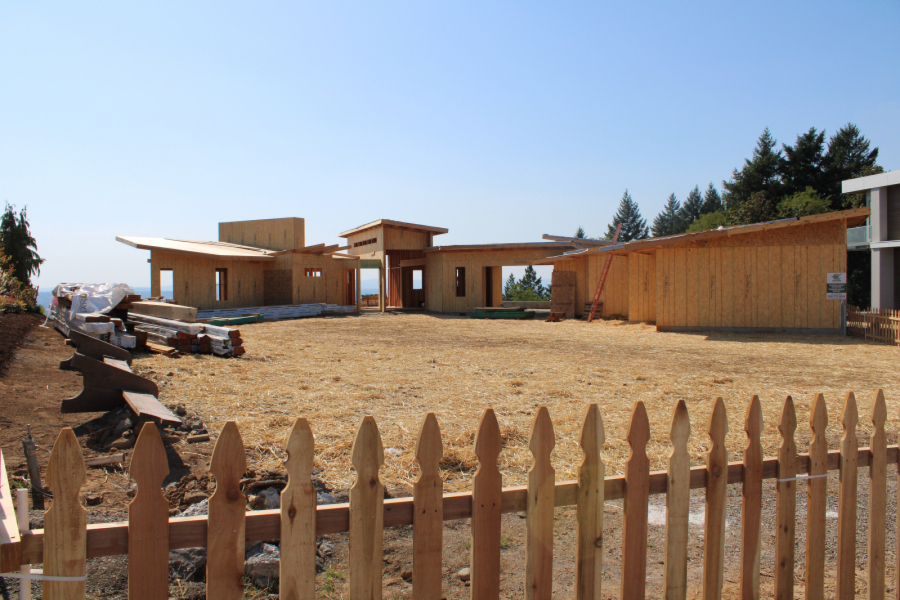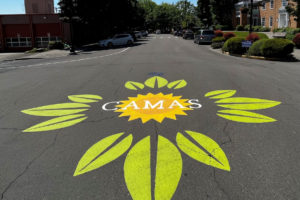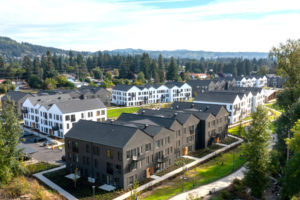As Camas staff and officials dive into a multi-year “Our Camas 2045” update of the City’s comprehensive plan and begin to formulate policies and goals that will shape the future of Camas over the next two decades, City officials are mulling the impacts of a 2021 state bill meant to increase affordable housing throughout Washington.
“House Bill 1220, adopted by the Washington State Legislature in 2021, requires cities to plan for and accommodate housing affordable to all income levels,” Camas Community Development Director Alan Peters told city officials Monday, March 18, during a Camas City Council workshop. “This is a significant change to how cities must plan for housing and requires that cities plan for sufficient capacity for all housing needs, including moderate, low, very low and extremely low income, as well as emergency housing and permanent supportive housing.”
“We need 1.1 million housing units statewide over the next 20 years,” Peters said Monday. “The Clark County Council has already adopted a 2045 population target of 718,154 … a population increase of 190,754 over the Clark County population as of 2023. Clark County has projected that 95 percent of (this) new growth will occur in cities and urban growth areas.”
For Camas, which has a little over 4% of the existing vacant, buildable residential land capacity in Clark County, the population projections show Camas will need to accommodate around 7,729 more people over the next two decades, increasing the City’s population to 37,080 by 2045. Washougal’s population is expected to increase by 6,848 people to a total of 24,874 over the next 20 years.
With those population increases comes a need for more housing — and, due to Housing Bill 1220 — for more diverse housing that would help ensure middle- and lower-income residents could find housing in cities like Camas and Washougal.



